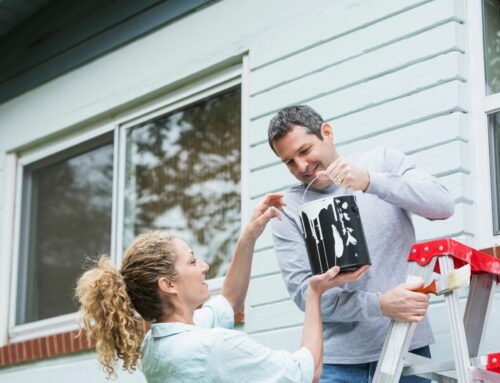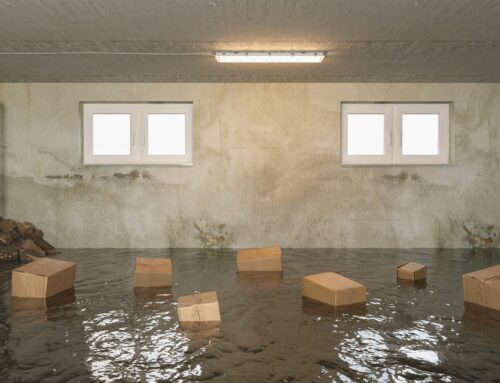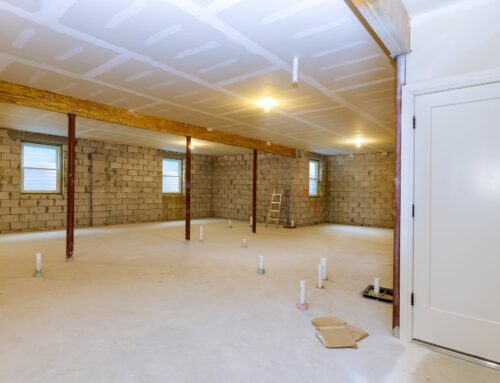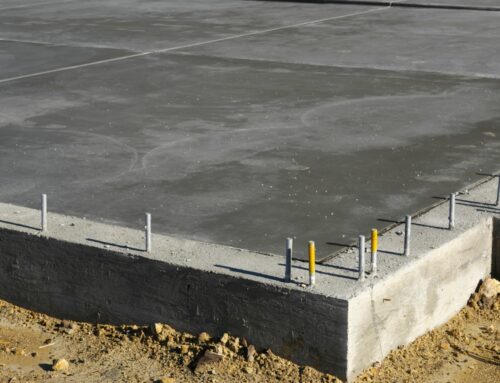Stucco homes are one of the most aesthetically pleasing exterior upgrades that can make any curb stand out in the neighborhood. There’s no doubt that stucco walls give houses an attractive and seamless appearance, but it also increases their functionality by giving them a coating resistant to fire, rot, mold, and termite infestations.
Seeing as stucco walls are a stylish and sensible choice, caring for their finishing can make a difference in its longevity, sustainability, and durability for years to come. Rushing the installation process can lead to cracking, poor consolidation, and uneven texture, but you can avoid all that by wetting the stucco to boost their strength.
Why New Stucco Benefits from Getting Wet
Stucco doesn’t work like paint, as letting it dry without introducing any hydration during the curing process can increase the chances of cracking later in its life. When it takes the brunt of the harsh weather, stucco can deteriorate quickly than it’s promised lifespan, which should last you a hundred years when done properly.
That’s why newer versions of stucco need to undergo a curing process, which strives to achieve two crucial things: develop a stronger foundation and enhance the substrate conditions for better application of other exterior finishes. By hydrating stucco, it has a stronger development and builds its resistance against cracking due to harsh winds, heavy rains, and more.
How Does Hydration Improve Stucco Walls?
When applying stucco, it typically undergoes three stages. The first layer consists of the scratch coat, which is responsible for ensuring the material adheres to the exterior surface of a building. The second stage is called the brown coat, which focuses on providing an even surface, while the finish coat will make or mar the stucco’s overall appearance.
Keeping the stucco wet in these different stages is important since it increases its durability the more time it has to dry, particularly since it follows the mechanism of turning cement into a solid binder. High moisture content hardens the plaster by converting the particles containing air and water with hydration products, making it a critical component in your stucco application.
The Bottom Line: How Wetting Stucco Walls to Boost the Quality of its Finish
Understanding why your stucco walls need hydration is critical in ensuring the finished results would perform to their fullest potential throughout the years. This can clue you in on the ideal conditions for stucco applications and allow you to do your part in misting the stucco as it dries throughout its different stages.
Why Choose One Stop Plastering to Enhance Your Home?
Your home deserves tender, love, and care regularly to keep it in tip-top shape. Letting wear-and-tear take over can reduce its value and impact your quality of life, so don’t hesitate to contact the best residential and commercial plastering company in Northern San Fransisco, Bay Area.
We offer extensive services ranging from interior plaster and stucco, exterior plaster and stucco, waterproofing, and more. Get in touch with us today at 415-464-9400 to know your free bid and see how we can keep your home good as new for years to come.






